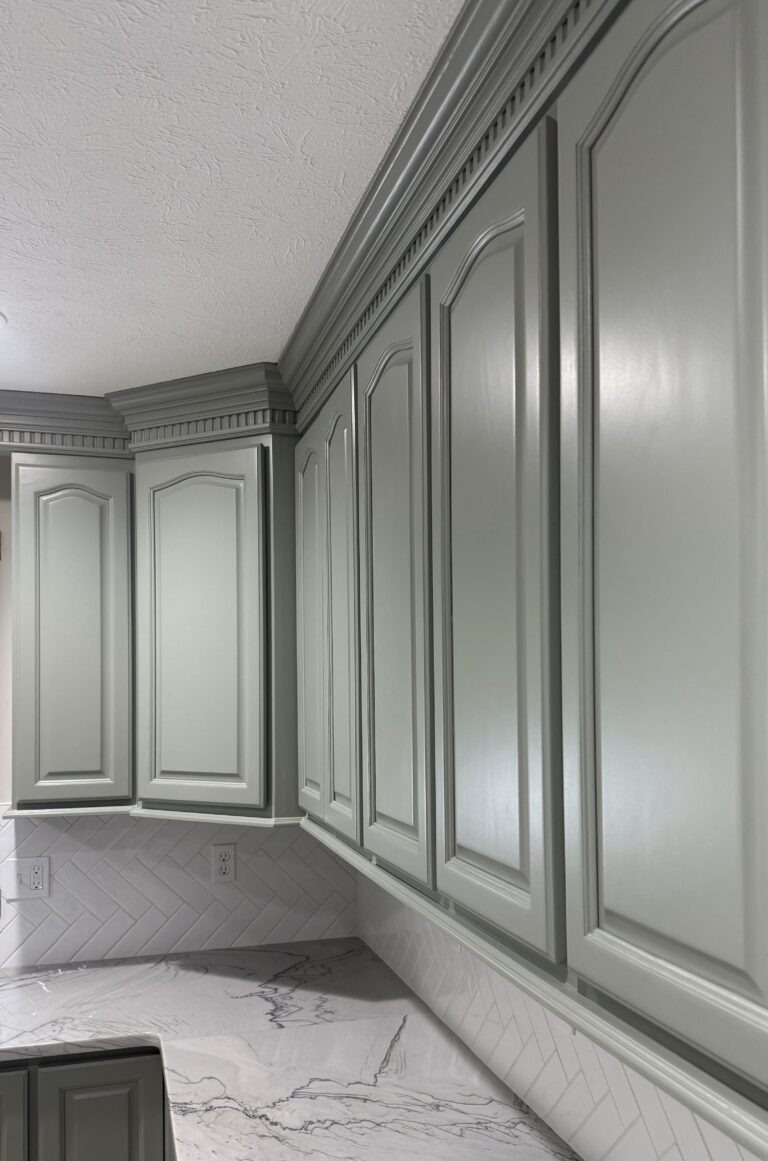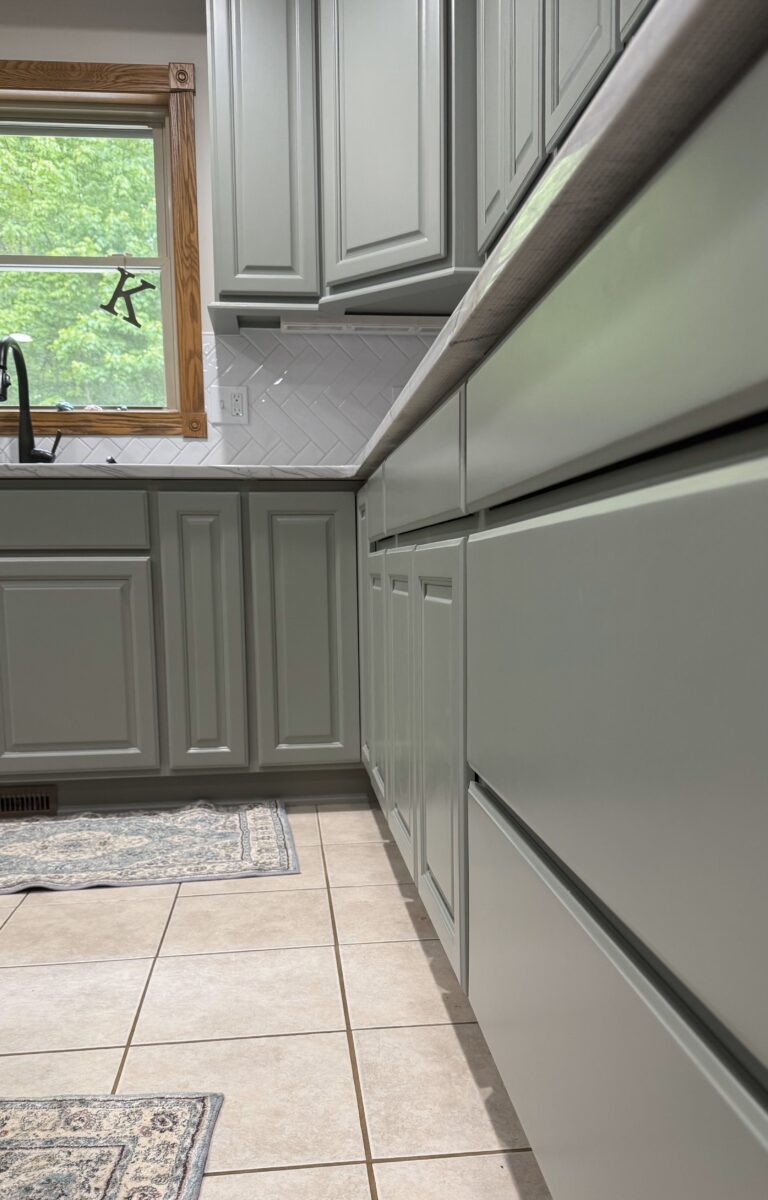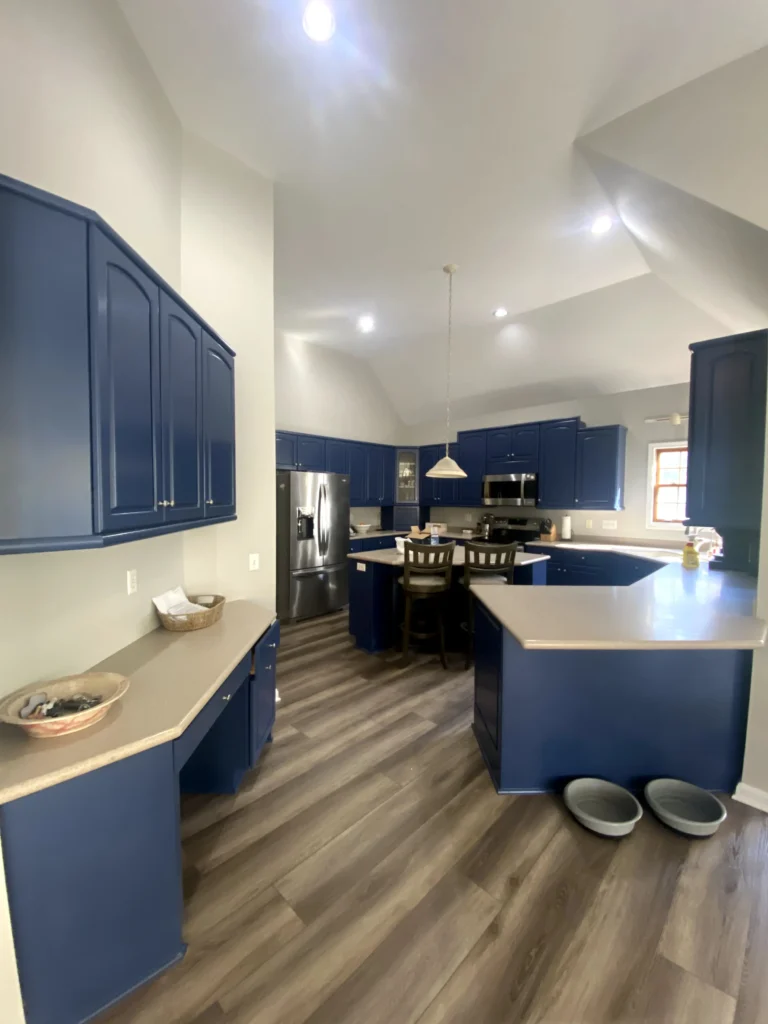Metal roofs, particularly those made of tin or galvanized steel, have gained popularity for their longevity, durability, and unique aesthetic. But as with any exterior surface exposed to the elements, they can begin to fade or rust over time. That leads many homeowners and contractors to ask: can you paint a tin roof?
The short answer is yes—you absolutely can paint a tin roof. In fact, with the right preparation and products, painting a metal roof can restore its appearance, extend its lifespan, and even improve energy efficiency. However, painting a tin roof isn’t quite the same as painting a wall or fence. It requires specific steps, surface treatments, and compatible coatings to ensure lasting results.
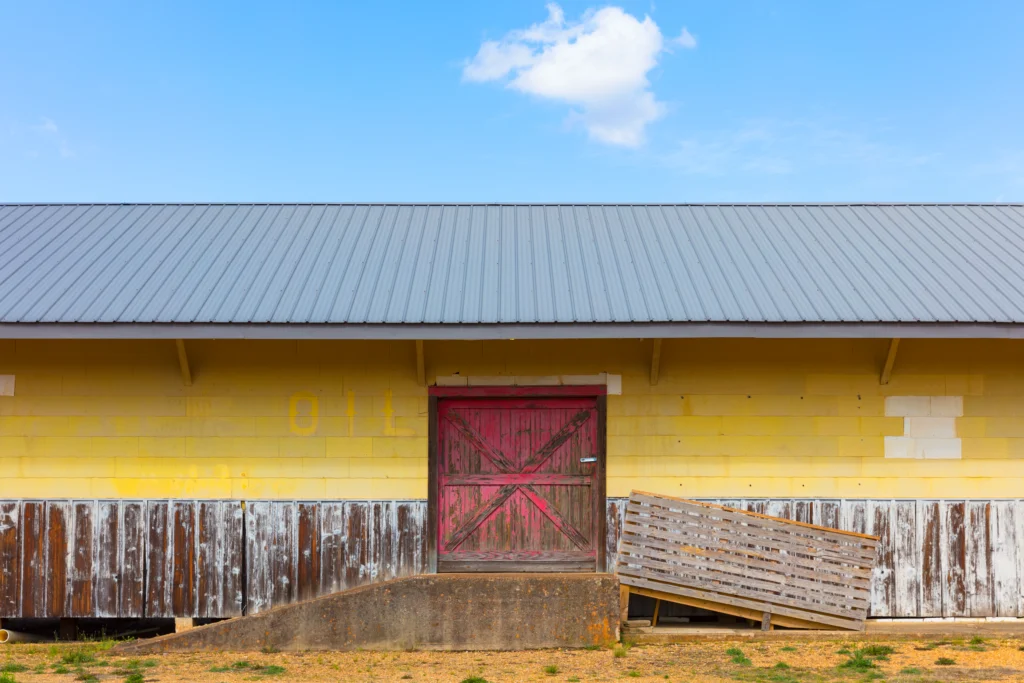
Why Paint a Tin Roof?
There are several compelling reasons to paint a tin roof. A fresh coat of paint enhances curb appeal, especially if the existing finish has faded, become patchy, or is showing signs of rust. Paint also acts as a protective barrier, shielding the metal from further corrosion caused by moisture and UV rays.
Modern reflective roof paints can also reduce heat absorption, helping to lower indoor temperatures and reduce energy costs in warmer months. This energy-efficient option is particularly valuable in homes where attic insulation may be limited.
Assessing the Condition of the Roof
Before you decide to paint a tin roof, inspect its overall condition. If the roof is structurally sound—meaning it doesn’t have major rust damage, leaks, or areas of corrosion that compromise its integrity—then painting is likely a viable option.
However, if there are deep rust spots or panels that have deteriorated to the point of softness or warping, those sections may need repair or replacement before any painting begins. Painting over structural damage won’t prevent leaks or further decay.
Cleaning and Surface Preparation
Proper preparation is critical to painting success. Tin roofs accumulate dirt, debris, and oxidation over time. Cleaning the surface thoroughly ensures good paint adhesion and prevents peeling or bubbling.
Start by pressure washing the roof to remove surface grime and any loose paint. For areas with heavy rust, use a wire brush or mechanical sander to strip it away. Rust-inhibiting cleaners or degreasers can also help remove stubborn residues.
After cleaning, allow the roof to dry completely. Moisture trapped beneath primer or paint can cause bubbling or corrosion over time.
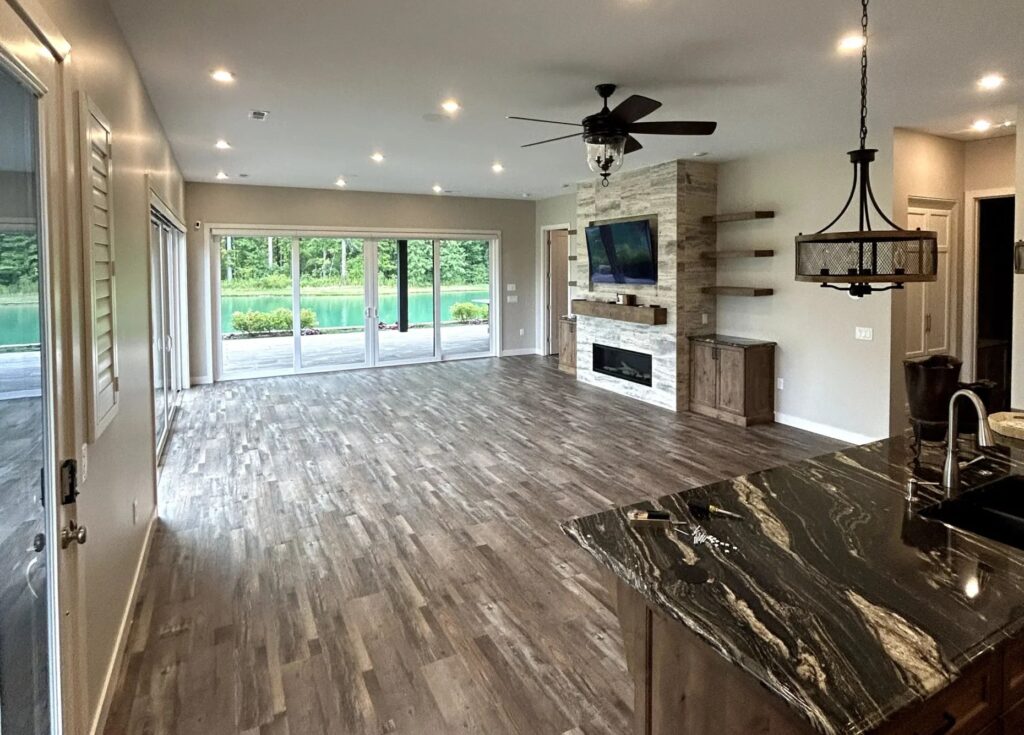
Choosing the Right Primer and Paint
Not all paints are suitable for metal surfaces, especially for roofs that endure direct sunlight, rainfall, and wide temperature fluctuations. For best results, use a metal-specific primer and elastomeric acrylic or oil-based paint designed for roofs.
- Primer: A rust-inhibiting metal primer is essential, particularly if there are any bare or previously rusted areas.
- Paint: Choose a paint formulated for metal roofing, often labeled as “roof coating” or “metal roof paint.” Reflective and UV-resistant coatings are ideal for energy efficiency and longevity.
Some products combine primer and paint in one application, but for aging or previously uncoated roofs, a separate primer still yields better results.
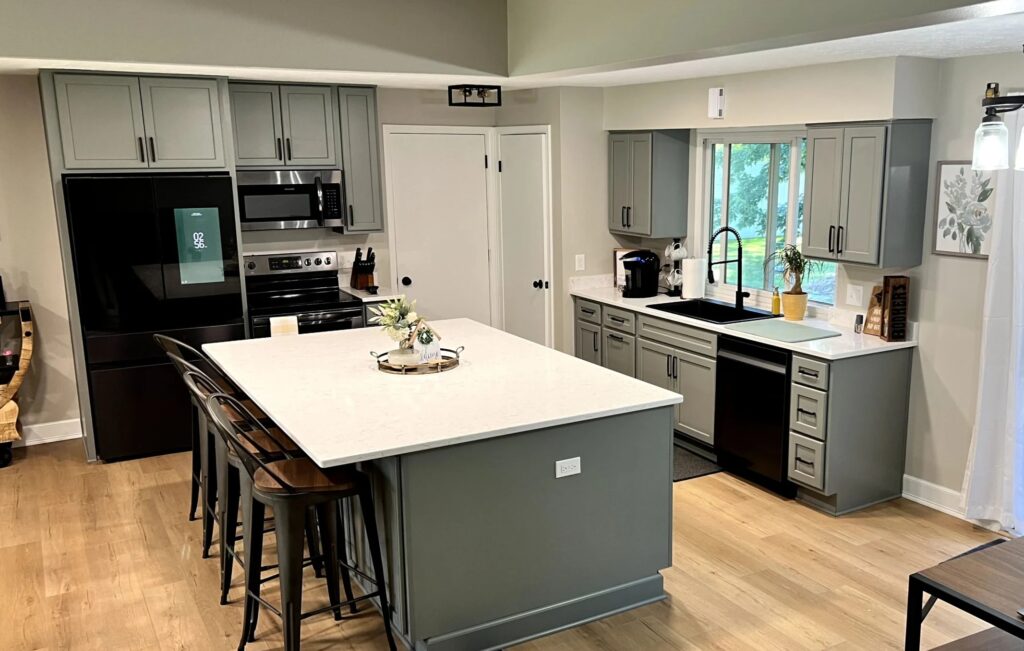
Application Techniques
Once the surface is prepared and dry, apply the primer using a roller, brush, or sprayer, depending on your comfort level and the roof’s pitch. Be sure to work during a stretch of dry, mild weather. Ideal temperatures for painting are between 50°F and 85°F, with low humidity and no rain in the forecast.
After the primer dries (usually within 24 hours), apply the paint in even coats. Two coats are generally recommended for maximum protection and even coverage. Allow adequate drying time between coats as directed by the manufacturer.
Always follow safety protocols when working on a roof, including the use of harnesses, proper footwear, and stable ladders. If the roof pitch is steep or you are uncomfortable with heights, hiring a professional is strongly advised.

Maintenance and Repainting
A well-painted tin roof can last 10 to 15 years or more before requiring a new coat. Routine maintenance like inspecting for chipped areas, clearing debris, and checking for leaks can help prolong the life of the paint job.
In high-exposure areas or harsh climates, minor touch-ups may be necessary every few years to maintain a fresh appearance and full protection.
Environmental Considerations
When asking can you paint a tin roof, it’s also wise to consider the environmental impact of the materials you use. Low-VOC paints and energy-efficient roof coatings not only benefit the planet but can also make your home more comfortable and lower utility bills.
Proper disposal of paint, primer, and cleaning materials is essential. Always follow local guidelines and consider donating unused paint to community organizations or recycling centers.
Working With Professionals
At Four Seasons Painting Co, we often help homeowners refresh or protect their tin and metal roofs with high-performance coatings. We understand how to assess roof condition, recommend the right paint products, and execute the job safely and efficiently.
Roof painting is not only a matter of aesthetics but also a technical job that requires precision and experience to ensure that every corner seam, and edge is sealed against the elements.
Additional Resources
If you’re considering painting your tin roof and want to research further, the following sources offer helpful guidance:
- Sherwin-Williams and Rust-Oleum for roof-specific metal primers and coatings
- Energy Star and the Cool Roof Rating Council (CRRC) for information on reflective paints
- This Old House and Family Handyman for tutorials on roof prep and painting techniques
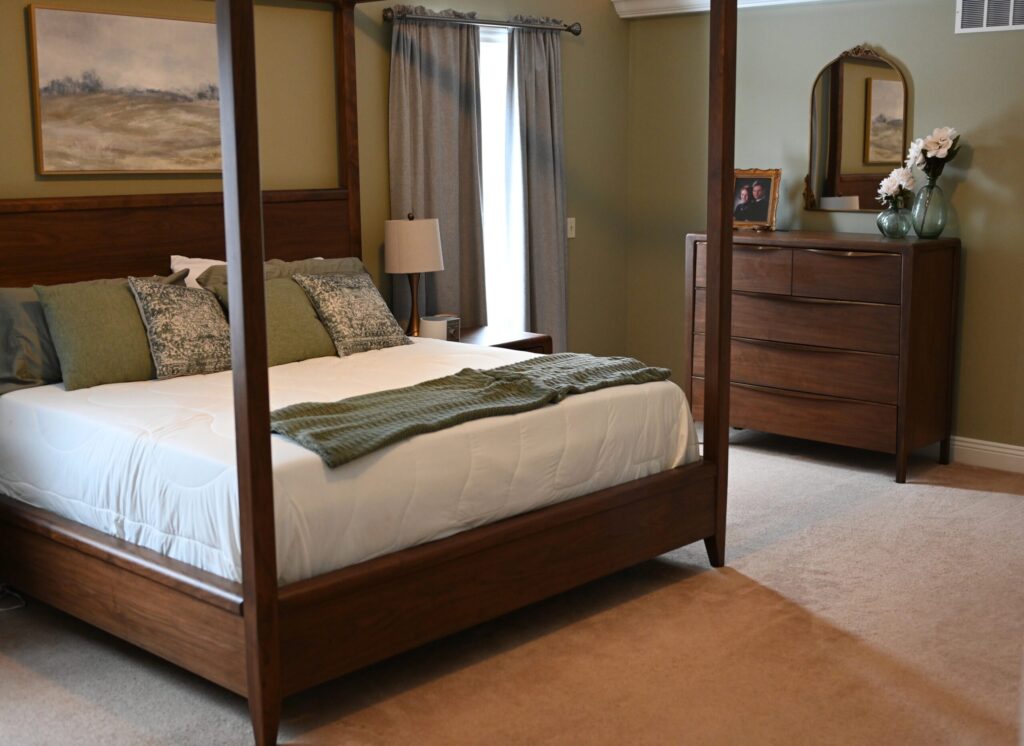
Conclusion
So, can you paint a tin roof? Absolutely—with the right approach. Painting a tin roof can protect your investment, enhance your home’s appearance, and reduce energy costs. But like any exterior project, it requires the proper tools, materials, and attention to detail to ensure lasting success.
Whether you take on the project yourself or trust the experts at Four Seasons Painting Co., a freshly painted tin roof adds value, protection, and character to any property.

